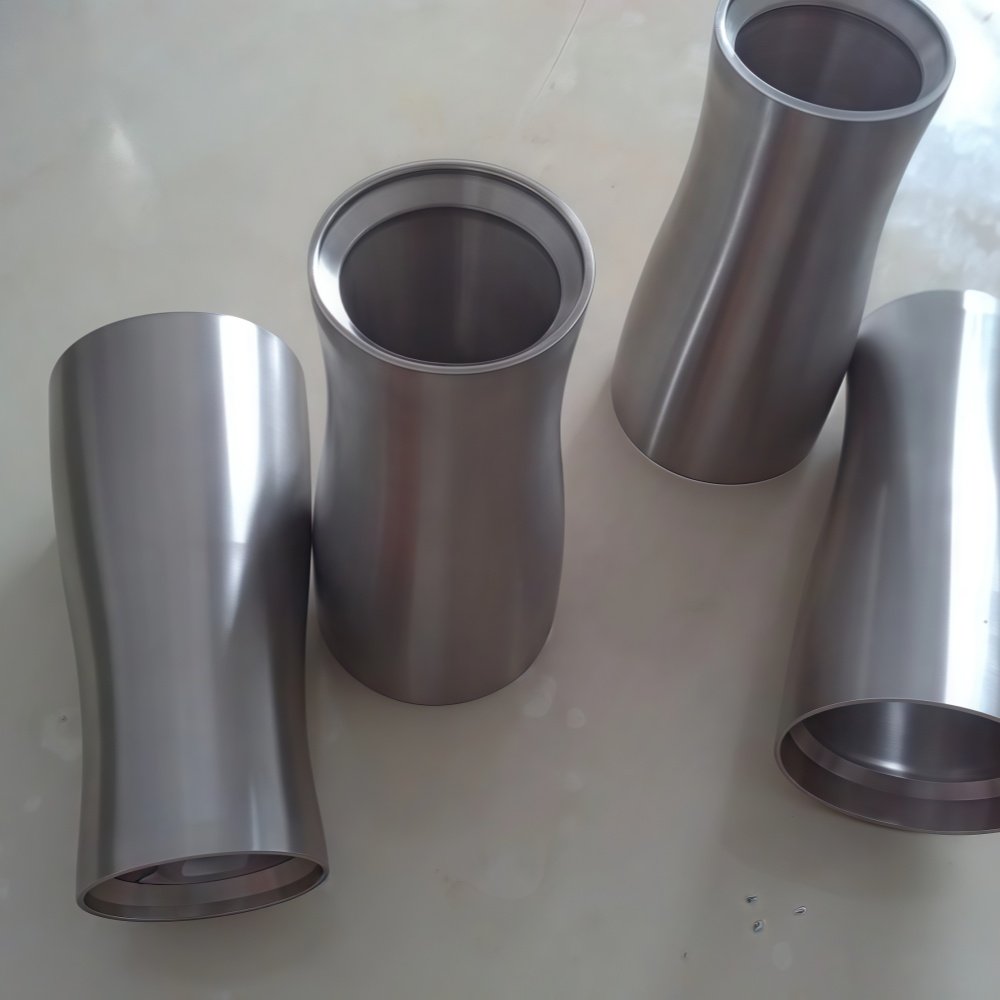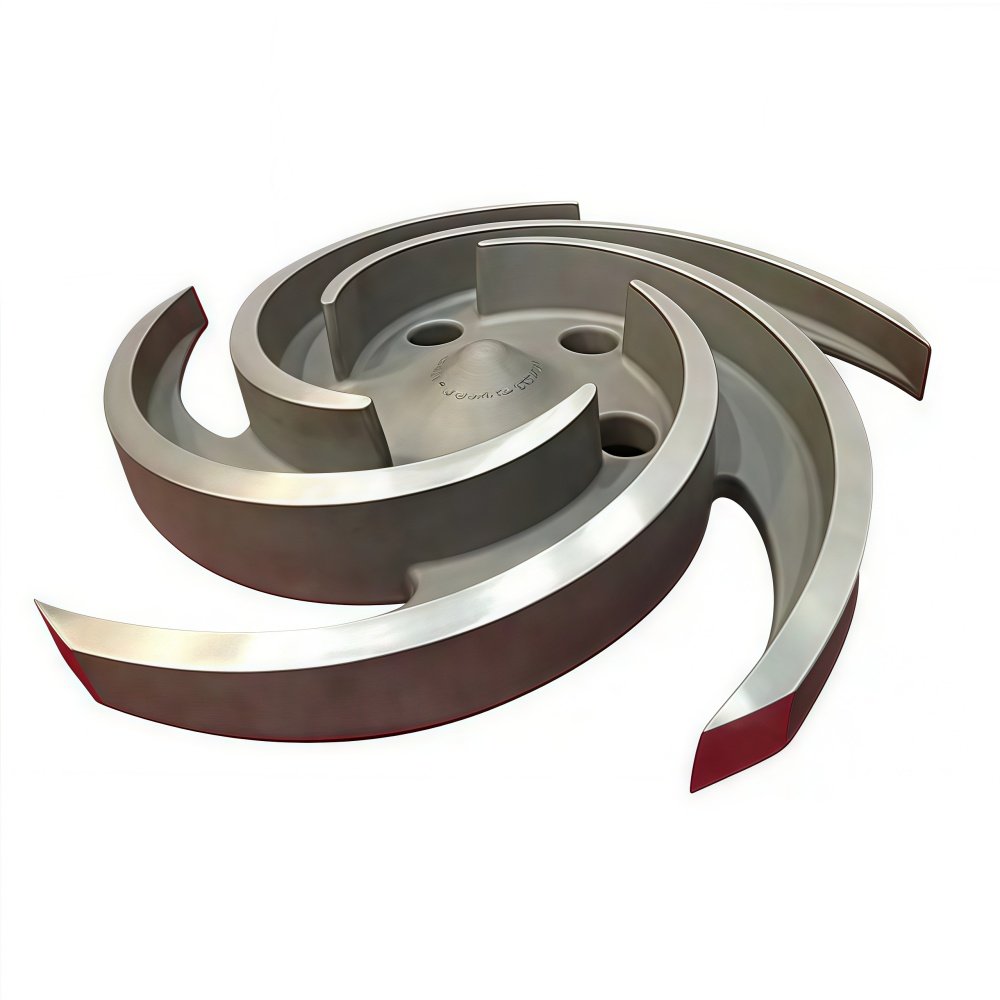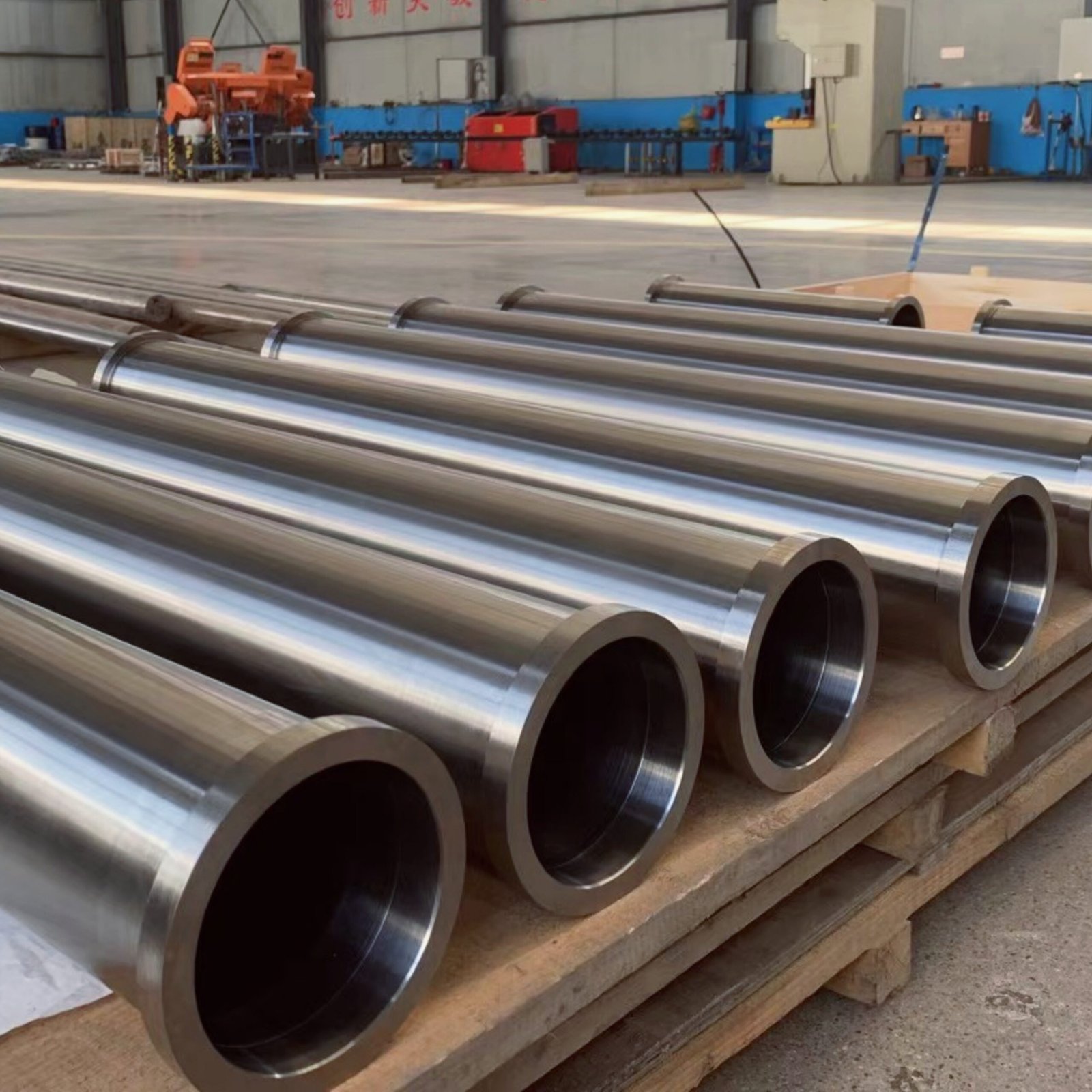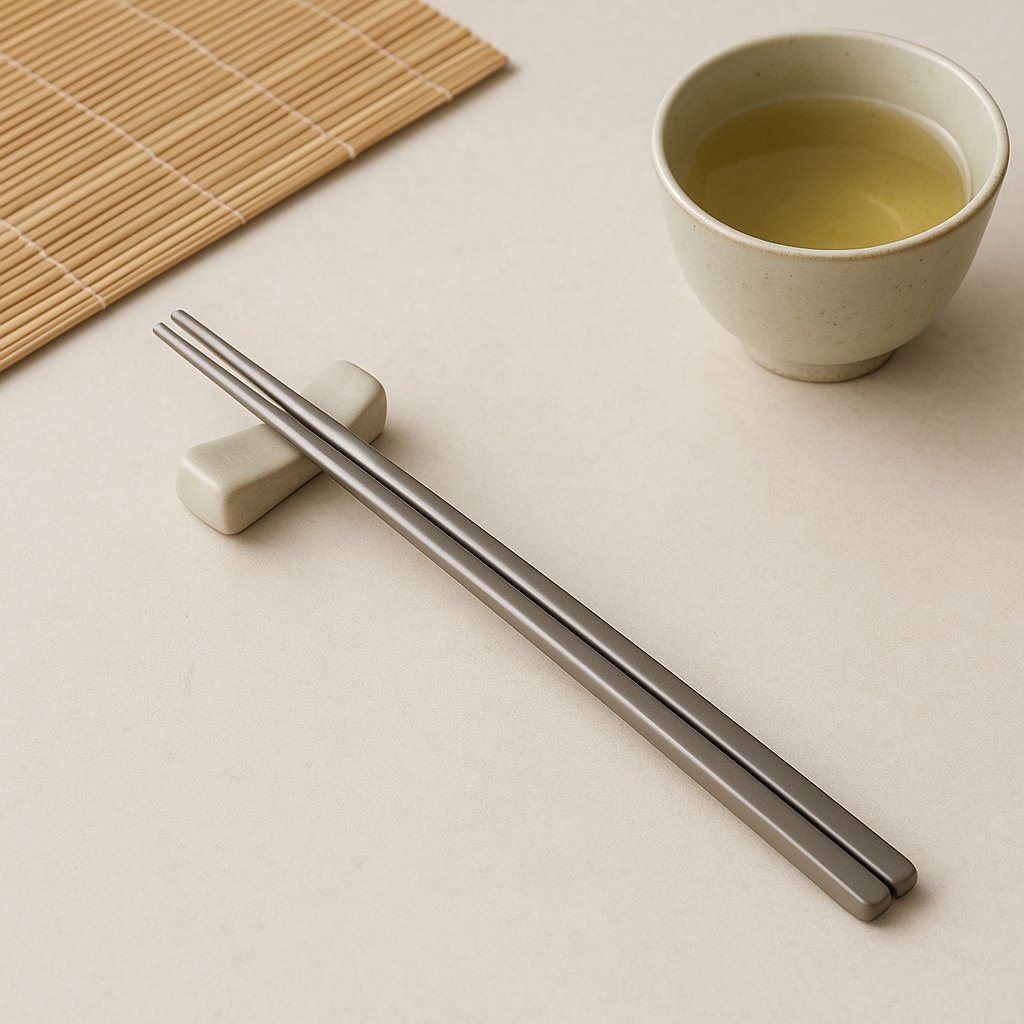When it comes to machining titanium alloy components, forgings and castings are two common starting forms. Although both are raw materials, they differ fundamentally in internal structure, mechanical performance, and machinability. For procurement engineers, project managers, and technical developers, understanding the differences between the two is crucial for controlling cost and ensuring machining quality.
1. Fundamental Differences Between Titanium Forgings and Castings
Titanium forgings are produced by heating the metal and applying pressure to shape it. This process aligns the grain structure along the direction of the applied force, resulting in higher density, improved toughness, and better fatigue resistance. Forgings are widely used in high-strength, high-stress, and load-bearing applications, such as aircraft engine components, primary structures of medical implants, and high-pressure joints in deep-sea equipment.
Titanium castings, on the other hand, are made by melting titanium and pouring it into a mold to form the desired shape upon cooling. The main advantage lies in the freedom of forming complex or irregular geometries without heavy forging or extensive rough machining. However, castings are prone to internal defects like porosity, shrinkage, and inclusions, which can lead to tool wear, inconsistent surface quality, or even part failure during machining.
2. Machining Performance: Forgings Offer Stability, Castings Carry Uncertainty
From a machining standpoint, titanium forgings are far more “friendly.” Their uniform and dense structure allows for consistent cutting forces, smooth surfaces, and predictable tool life. Machining processes like turning, milling, and drilling tend to be more stable and efficient when using forged stock.
In contrast, titanium castings frequently present localized hard spots, porosity-related vibration, or uneven grain structure that causes tool chipping or surface defects. This is particularly problematic for precise hole-making or critical fit dimensions. Without proper non-destructive testing, defect rates can be high.
For instance, when machining a titanium casting used for an instrument housing, undetected impurities from the casting process led to surface blistering and frequent tool breakage. The component had to be reworked from forged material, nullifying the cost advantage of casting.
3. Selection Guide Based on Cost and Application
| Scenario | Recommended Type | Reason |
|---|---|---|
| High precision and strength required, such as aerospace parts, shafts, gears, flanges | ✅ Titanium Forging | Dense structure and uniform grains enable tight tolerances and machining stability |
| Complex shape, non-load-bearing components like covers, housings, or non-critical structures | ⚠️ Titanium Casting | High formability and low rough machining cost, but requires strict process control |
| Medical implants (e.g., hip stems, spinal rods) | ✅ Titanium Forging | Biocompatibility and mechanical reliability demand stable, defect-free material |
| Trial samples, short-term test parts, low-load prototypes | ⚠️ Titanium Casting | Cost-effective and fast to produce for short-term or non-functional validation |
4. Choosing the Right Material Saves Time and Cost
In a real-world case, a company manufacturing a titanium heat exchanger interface housing initially chose a casting for its complex shape and quick turnaround. However, during CNC machining, multiple surface cracks appeared, and certain areas showed difficult-to-machine zones with inconsistent surface quality, resulting in a high rejection rate.
More critically, the component was pressure-bearing. During pressure testing, leakage occurred, indicating internal shrinkage or inclusions within the casting. The project had to be paused and the material selection re-evaluated.
The revised solution involved using a pre-formed titanium forging ring blank. The part was then completed via machining and welding. Although the upfront material cost increased, the machining process became more stable, efficiency improved by about 30%, and the finished part met all dimensional and sealing requirements. The project was ultimately completed successfully.
This example shows that for functional, structural, or pressure-bearing titanium parts, choosing a dense, stable titanium forging is often the more reliable option. Castings do offer cost and shape flexibility, but in high-performance applications, they carry significant risks—particularly if defect detection and post-processing are not rigorously controlled.
5. Choose the Right Material to Save Trouble Later
For high-end titanium alloy component machining—especially where precision, structural strength, and fatigue resistance matter—titanium forgings are almost always the best choice. They offer stability, reliability, and controllable machining results.
Titanium castings are suitable for cost-sensitive projects with low mechanical demands, or for complex external shapes that do not bear load. As long as casting quality is well controlled and sufficient machining allowance is reserved, they can still serve as a low-cost option for rapid prototyping or structural validation.
Need help formatting this content for your website, blog, or product page? Let me know!
Share this article
Written by : 钛合金网
Follow us
Table Of Content





